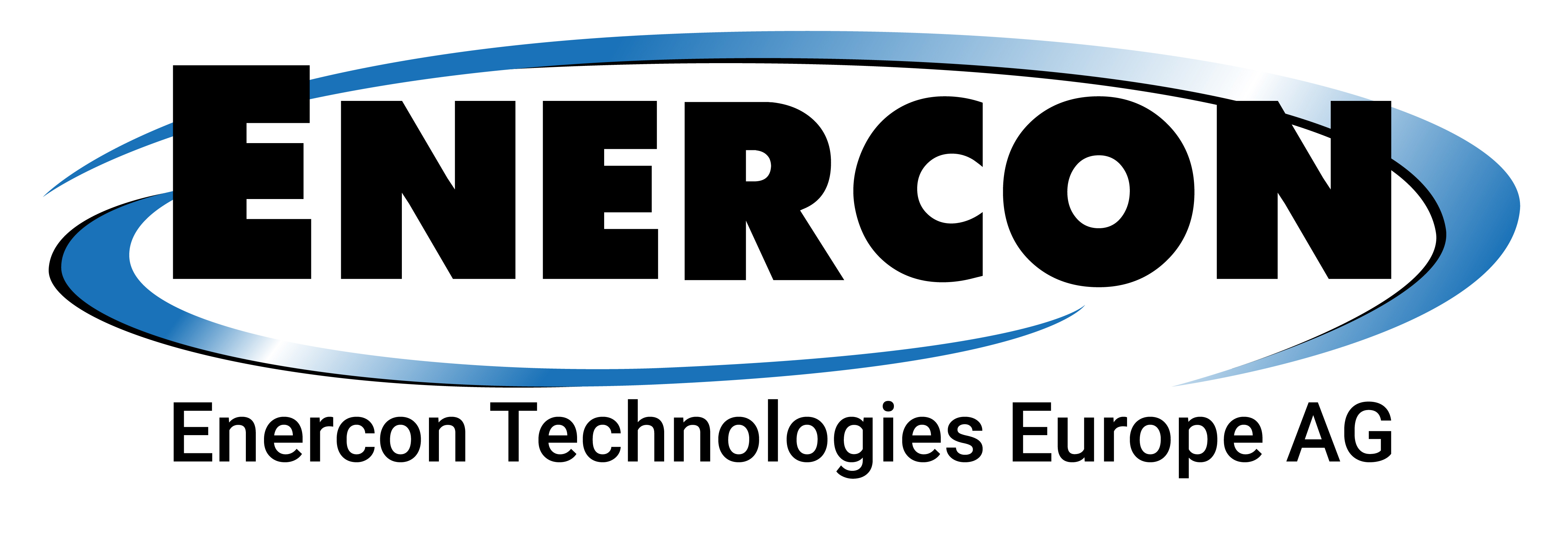Over the past few decades, the global ground vehicle community has seen a dramatic increase in the application of capabilities to the platform. These capabilities may be in the form of more effective protection equipment, more capable sensors, improved mobility, strengthened communications, or upgraded lethality technology. In the vast majority of these cases, power demand emanating from such improvements has increased orders of magnitude on board ground vehicles.
Vehicle original equipment manufacturers (OEM) have attempted to keep pace with the end user’s hunger for these capabilities. High output alternators, more powerful engines, more channels and capacity available on the power management system, and increased battery banks are examples of OEMs attempts to support this pace of capability integration. A premier example of this challenge was documented in the US defense media recently by C4ISRnet.com; Stryker Power Problem Uncovered in Test of US Army Network Gear. In the case of some directed energy systems destined for ground platforms, a dedicated and standalone power generation and power distribution system must accompany the design. This creates obvious SWaP challenges for integrators looking to mate these new capabilities in the ground environment, while allowing for the mobility, lethality, and protection desired on these systems.
The DoD has invested RDT&E funding over the past decade to address this growing problem of power demand on ground vehicles. Most notably, the US Army’s Optionally Manned Fighting Vehicle (OMFV) requirements include a need for a hybrid electric drive and high voltage architecture, which means 600VDC or greater, reducing the electrical current requirements to achieve high levels of total power capacity to use throughout the vehicle platform. The airborne community has faced a similar challenge, leveraging the high capacity 270VDC power bus to drive power-hungry sensors integrated into the aircraft. The ground vehicle community does not have such a bus, therefore a new paradigm for power architecture must be developed that can support future capability integration, but also support legacy 28VDC, MIL-STD-1275 compliant systems for decades to come. A new standard has been developed in support of such a paradigm, referred to as MIL-PRF-GCS600, Characteristics of 600 Volt DC Electrical Systems For Military Ground Vehicles. This standard will inform OEMs, systems integrators, and subsystem technology developers on how to anticipate and design for compliance within a 600VDC environment.
Along with the interface of capabilities into this new ground vehicle power paradigm, the industry must produce and test the power generation and power distribution technologies to facilitate the power architecture. Starter generators are becoming size and weight-optimized to make sense in ground vehicle platforms concentric with an engine/transmission drive shaft. However, a bi-directional DC-DC converter is required to facilitate starting the integrated starter generator, converting the 28VDC battery bank to 600V. High voltage power distribution units (PDU) need to be developed leveraging wide band gap materials, such as Silicon Carbide (SiC) and Gallium Nitride (GaN) in order to address high operating environments for high voltage subsystems, such as the inside of an engine compartment. Safety concerns for human factors engineering become a very real concern moving 600VDC power around a vehicle, limiting the space available to integrate power converters to step down the voltage to a more manageable voltage, such as 28VDC. New high-density battery chemistries must be developed to support the capacity to feed subsystems critical during silent watch environments, yet maintain low volatility in a combat environment where shrapnel and other projectiles can be present.
The ground vehicle community, driven by anticipated requirements by the US Army Development Command (DEVCOM) and USMC Combat Development and Integration Command (MCCDC), has helped lead the charge with industry to put forth ideas, develop material solutions, and evaluate new technology for future consideration within ground vehicle platforms. Challenges remain, but the industry will address the requirements for increased power demand driven by the rapid evolution of new capabilities to support the Warfighter in a ground vehicle environment.

